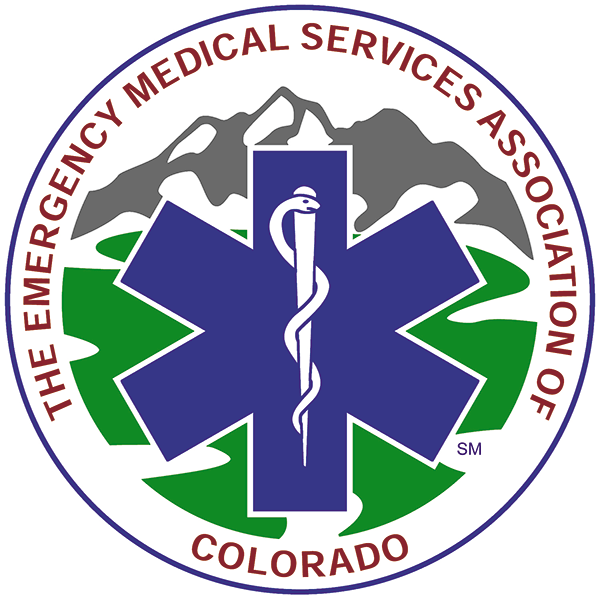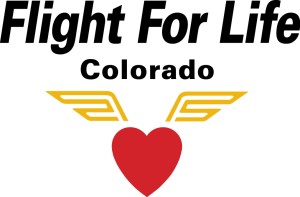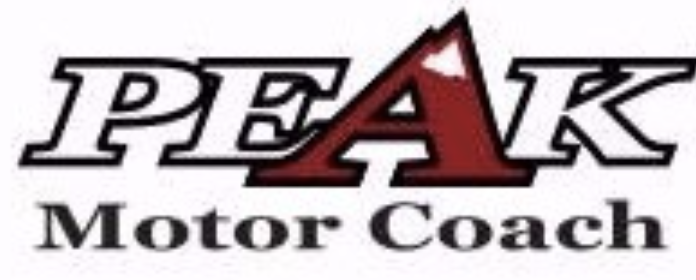
American EMS—the national view
By Bruce Evans, MPA, CFO, SPO, NRP
Chief, Upper Pine River Fire Protection District and Past President of the National Association of EMTs
Three big things are garnering attention right now. You can assume the conviction of the Aurora Fire paramedics is sparking many national debates. This was the first of a few more high-profile trials involving criminal charges of EMS providers that will occur in the future. As the people line up for commentary like pundits on Sunday morning talk shows, there is still sentencing and potential appeals.
There were simply no winners here, and if anything, we should pause to ensure our systems and procedures are being reinforced to ensure we are patient-focused. Remember everything is on camera; Colorado law enforcement is mandated to have their cameras rolling on incidents. Phones, ATM cameras, traffic cameras and ring doorbells are catching everything, Big Brother is here to stay.
Paramedics getting a Master’s degree and becoming practitioners get more reimbursement and stirred a lot of emotions. There needs to be an understanding that this will require more work than we as an industry or professional can do.
One, all fifty states would have to open their medical practice acts to allow the scope of practice, compare this to the limited success of the expanded scope of community paramedics. Even if Medicare produced a code, state licensure would still be required. We would be at odds with PAs and NPs.
Second, there is a lot of data showing once a degree is obtained by an EMS provider, they stay less than five years. I believe there is a simple answer, bridging paramedics to a physician assistant. PA school earns a master’s degree, and the medical practice and reimbursement are already established. Colorado could lead this, and we have EMS physicians at Colorado PA schools and key faculty who can analyze the gap and design curriculum. Maybe a PA is the top of the EMS provider path, with an associate’s degree for EMT/AEMT, a bachelor’s degree for a paramedic, (especially a specialty care paramedic) and a master’s degree for a PA.
The other hot topics are TIP (Treatment in Place) and TAD (Transport to Alternative Destination). If you were to look at the cost per response clearly, we do not recoup the amount of money it costs us to respond. With billing often only able to occur with a transport to the hospital TIP and TAD could save millions to the health care system. As all of the EMS associations stand to benefit all of their constituents this is a winner. It keeps units potentially in their districts by transporting them to a clinic, we get paid for treating people who we do not need to go to an emergency room, it will drive better diagnostics and telemedicine.
Send your comments to [email protected], with the subject of “American EMS.”


